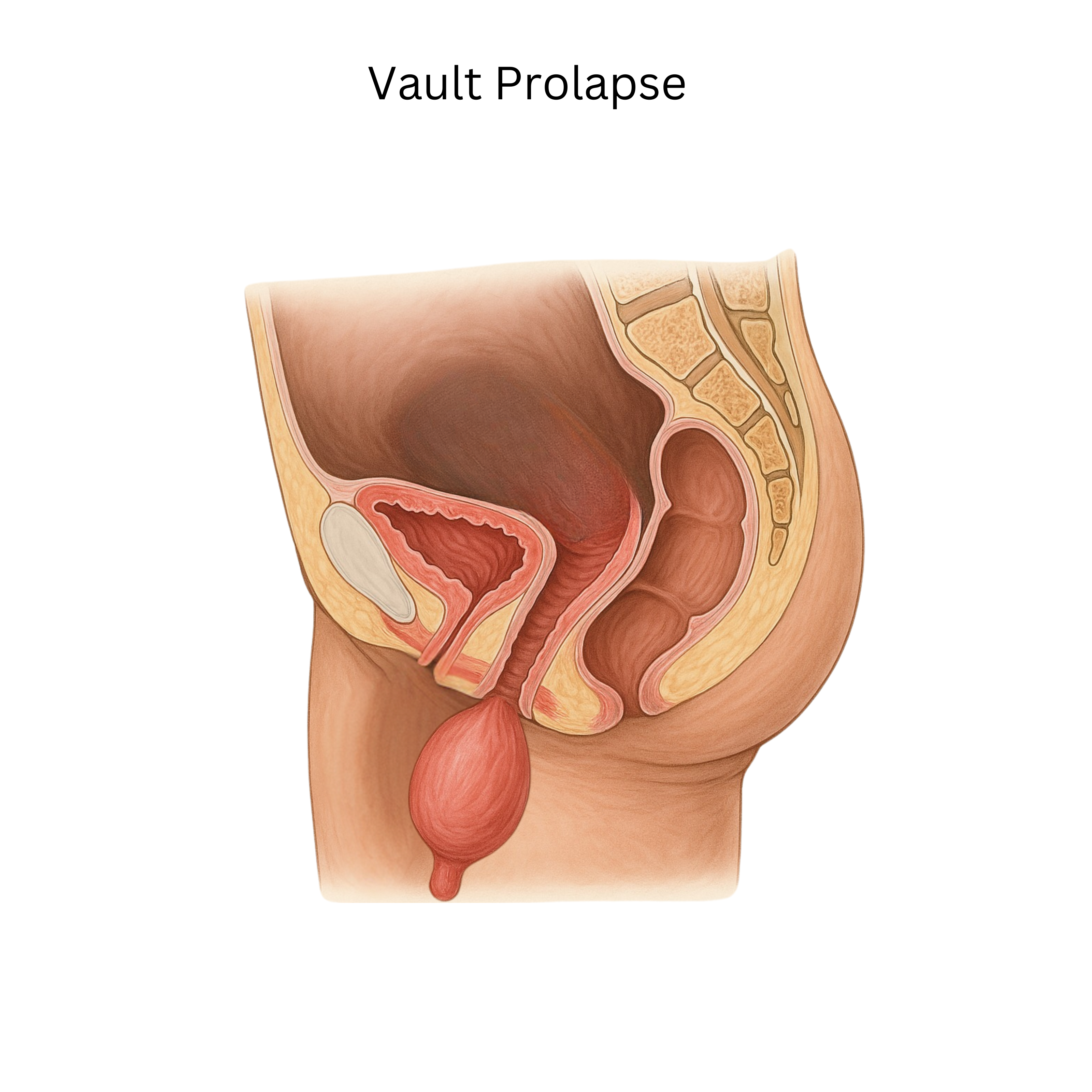Vault Prolapse/ Post-Hysterectomy Prolapse
Vault Prolapse/ Post-Hysterectomy Prolapse Treatment in Nagpur
Vault Prolapse or Post-hysterectomy prolapse, occurs when the vaginal vault descends below a point 2 cm less than the total vaginal length above the hymen, often after a hysterectomy, and can lead to various symptoms and complications.
